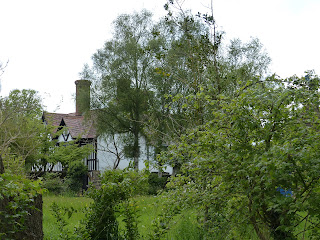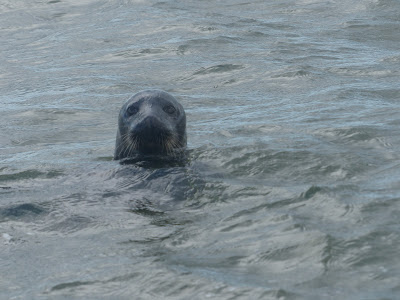Recently my mum, Becca, Elsie and I visited Byron's Pool, a nature reserve in Grantchester, a small village outside Cambridge. It is called Byron's pool because the poet Lord Byron used to bathe there, naked. There, at the pool we wrote romantic poems, copying the style of Wordsworth and Coleridge. Here is mine, about Byron's Pool.
Byron's Pool
I wander through a woodland green
beneath the roof of tree branches,
stretching across the sky.
Blue bells cluster together
Over the dry and empty litter
of long dead leaves.
I see a scene so beautiful:
A river of beautiful sheen,
Moving gently and sparkling
As diamonds beyond price.
The reeds and the trees sway towards
Each other and dance wonderfully;
Butterflies are fluttering by;
The birds chuckle in the trees
And play their instruments, an orchestra,
Every musician clothed
In the most wonderful colours.
And all this beauty under
An azure sky,
Dotted with cotton fluff clouds
And beside a patch of woodland green.
While we were there, we saw some very interesting things, butterflies I had never seen before, a moorhen and its chick and a kingfisher. Also I was bitten by a leech. Byron's Pool was great!
 |
| Becca and me writing our poems |
 |
| Byron's Pool |
 |
| A view through the branches of a tree, over the pool to Becca and me. |
 |
| Becca, Elsie and me looking at the pool |
















































